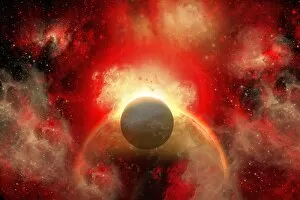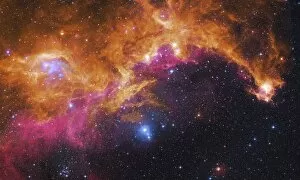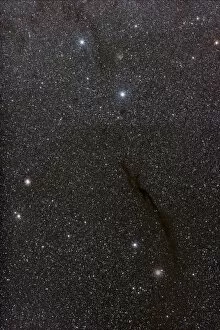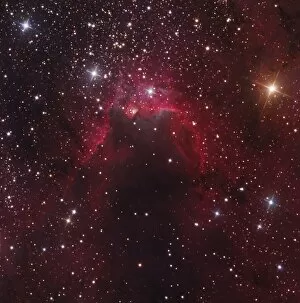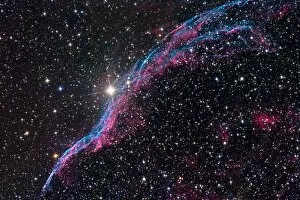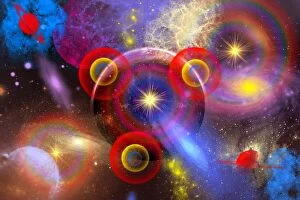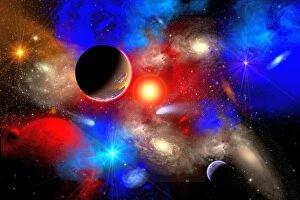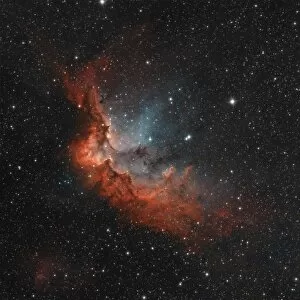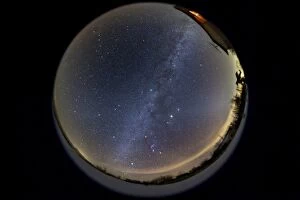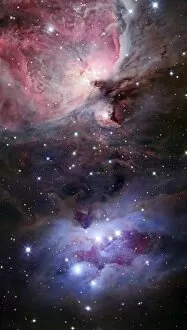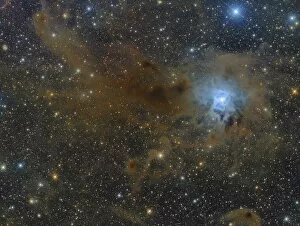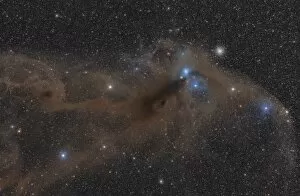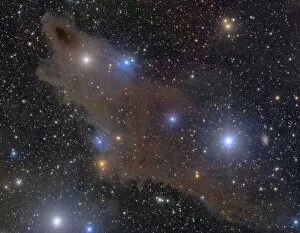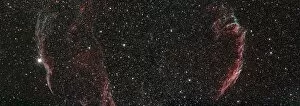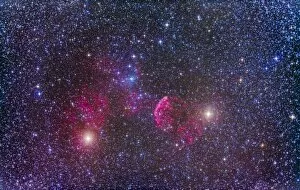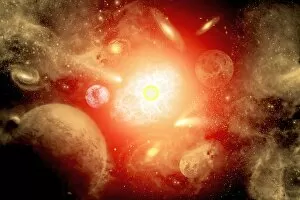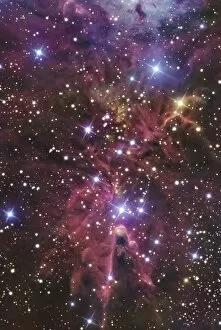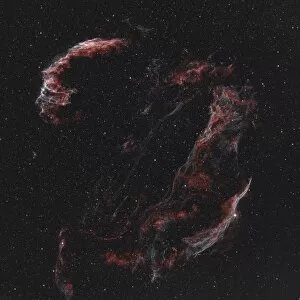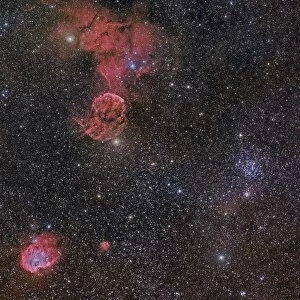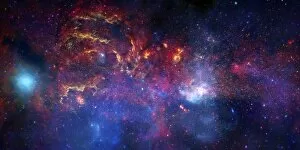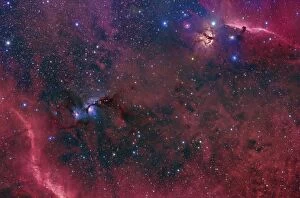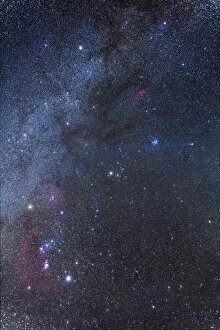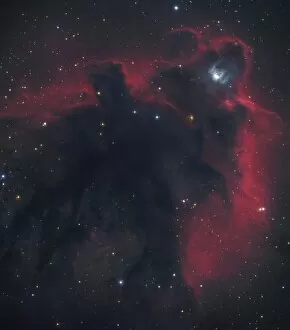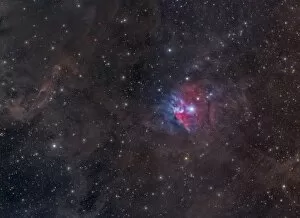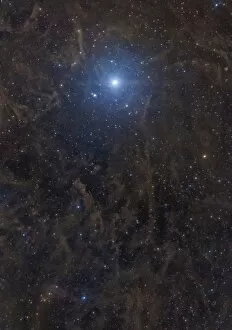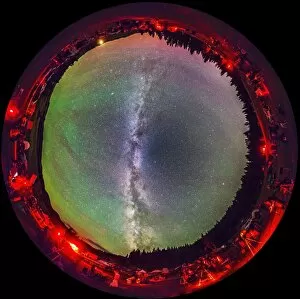Interstellar Clouds Collection (#4)
Interstellar clouds, vast and mysterious, adorn the cosmic tapestry with their ethereal beauty
For sale as Licensed Images
Choose your image, Select your licence and Download the media
Interstellar clouds, vast and mysterious, adorn the cosmic tapestry with their ethereal beauty. Among them lies M16, The Eagle Nebula in Serpens, a celestial marvel that captivates astronomers and stargazers alike. Its pillars of creation stand tall, sculpted by the forces of stellar birth. In the depths of Orion's embrace rests another spectacle - The Orion Nebula. A stellar nursery teeming with young stars and swirling gases, it illuminates the night sky with its vibrant hues. NGC 3324, known as the Gabriela Mistral Nebula in the constellation Carina, dances gracefully amidst a sea of interstellar dust. IC 2177 takes flight as the Seagull Nebula soars across space. Its intricate patterns resemble wings unfurling against an endless expanse. And not far away lie Pillars of Creation within The Eagle Nebula – towering structures where new stars emerge from colossal columns of gas and dust. The Horsehead Nebula emerges from Orion's silhouette like an enigmatic shadow cast upon a cosmic canvas. It beckons us to explore its secrets hidden within its dark tendrils. In Auriga's realm reside two clusters - Pinwheel Cluster and Starfish Cluster - sparkling jewels adrift in space. Vela supernova remnant resides at the heart of Gum Nebula area in Vela constellation; remnants left behind by ancient explosions whisper tales of celestial cataclysms long past. Behold The Hourglass Nebula – a celestial hourglass suspended in time – reminding us that even galaxies have their own sense of rhythm. NGC 6523 unveils itself as Lagoon Nebula; a luminous oasis amidst starry deserts where newborn stars illuminate dusty landscapes with their radiant glow. Like an artist's brushstroke on velvet blackness, The Fox Fur Nebula paints vivid strokes across our imagination.

